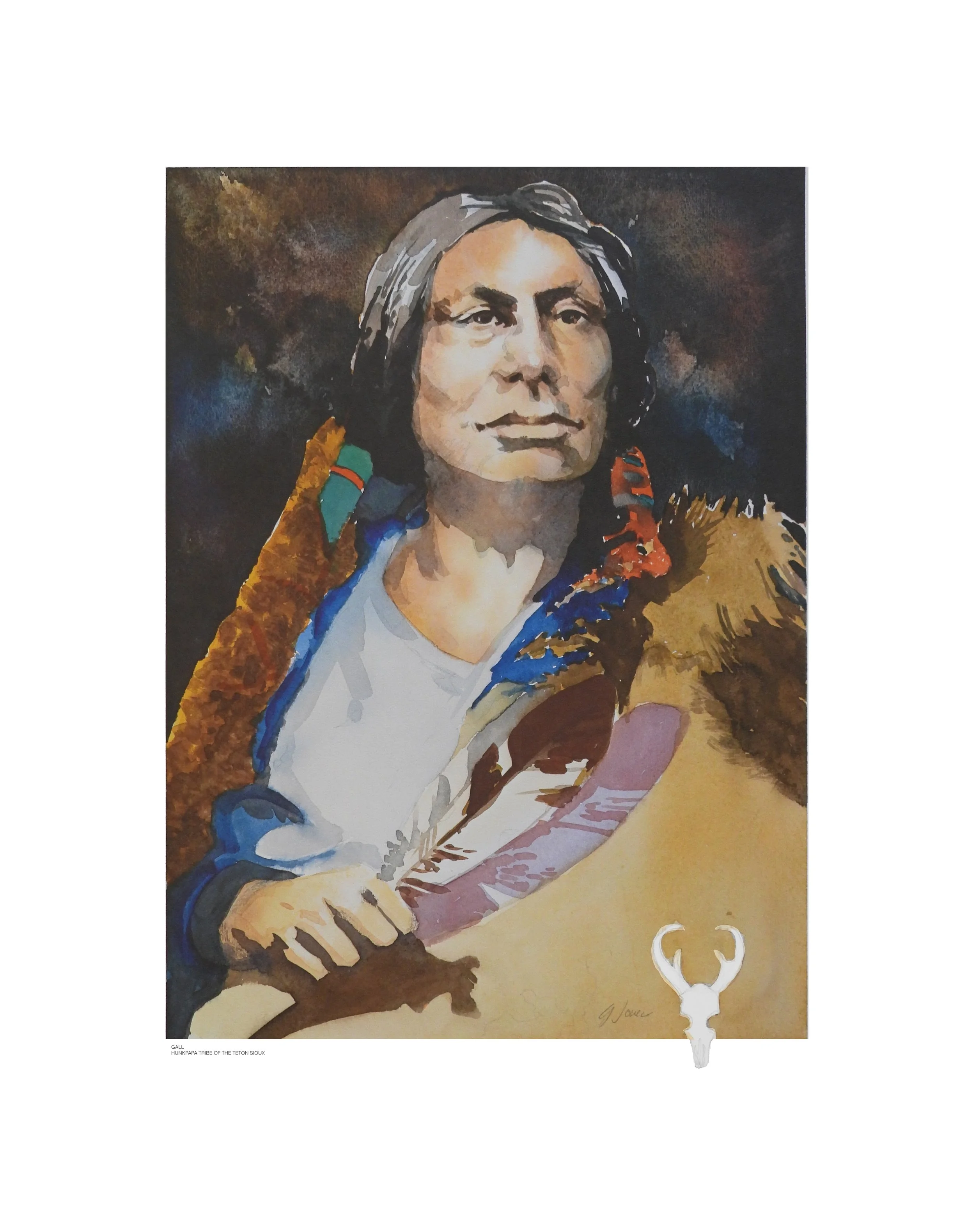Gall – Hunkpapa Sioux
“No white person or persons shall be permitted to settle upon or occupy any portion of the territory, or without the consent of the Indians, to pass through the same...” – Treaty of 1868
For the Sioux, Paha Sapa—the Black Hills—was the sacred center of their world. It was a land of holy mountains, where warriors sought visions and spoke with the Great Spirit.
Yet within just four years of the treaty’s signing, General George Armstrong Custer led a military expedition into the Black Hills and confirmed the presence of gold. By 1875, thousands of gold-hungry settlers flooded into Sioux lands. The tribes repeatedly appealed for their legal and treaty rights to be honored, but the government’s only response was to demand their removal to reservations.
It was during this campaign to force the Sioux and their allies into submission that Custer attacked the combined Sioux and Cheyenne encampment along the Greasy Grass River—the Little Bighorn.
The warrior who rallied the defenders and turned back Major Reno’s opening assault was Gall—Pizi—a powerful, broad-chested, 36-year-old Hunkpapa leader.
Gall had been orphaned as a child but quickly rose in stature, earning respect as a skilled hunter and courageous warrior. Sitting Bull eventually adopted him as a younger brother. Years earlier, while government commissioners tried to persuade the Sioux to abandon hunting for farming under the Treaty of 1868, Gall confronted them directly at Fort Rice:
“We were born naked, and have been taught to hunt and live on the game. You tell us that we must learn to farm, live in one house, and take up your ways. Suppose the people living beyond the great sea should come and tell you that you must stop farming, kill your cattle, and give up your houses and lands. What would you do? Would you not fight them?”
Gall’s distrust of white promises never wavered. He lived to see the Great Sioux Reservation carved into smaller tracts, and those pieces divided again. In his later years, he remained at Standing Rock Reservation, a witness to the breaking of his people’s world.
